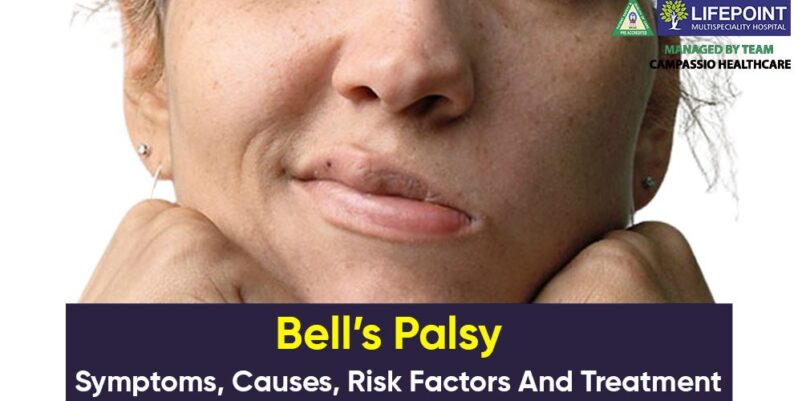Idiopathic Facial Palsy is another name for Bell’s Palsy. It is a condition that causes one side of the face to be paralyzed and temporarily weak.
It is believed that one in every 100,000 persons has Bell’s Palsy. In India, approximately 10% of persons diagnosed with Bell’s Palsy die due to the condition’s consequences. However, it is crucial to remember that Bell’s Palsy is somewhat controllable, provided the proper care is given at the correct time. Here are seven facts regarding Bell’s Palsy that you should be aware of.
How does Bell’s Palsy affect the body?
The cranial nerves are the 12 principal nerves in the human head. Bell’s Palsy occurs when the 7th cranial nerve, sometimes known as the facial nerve, is damaged.
In most situations, facial weakness or paralysis affects only one side of the face, while both sides are affected in rare cases. The illness is transitory, and all evidence of paralysis should vanish within six months after the initial symptom.
How do I recognize the symptoms?
Bell’s Palsy symptoms appear suddenly, and you may notice them when you wake up in the morning or try to eat or drink. The primary symptom of the illness is drooping and difficulties opening or closing the eye on the affected side. Other signs or symptoms of Bell’s Palsy to be aware of include:
• Weakness in the face
• Sound sensitivity due to dry mouth or eyes
• Headache
• Difficulties with drinking or eating
• Inability to express or adjust facial expressions
• Drooling
• Itching of the eyes
• Muscle twitch of the face
Many of these symptoms are similar to those associated with a stroke or brain tumour. These are more severe and life-threatening conditions. If you have any of these symptoms, you should get medical assistance right once.
What is the cause of Bell’s Palsy?
When the seventh cranial nerve or the facial nerve is crushed or enlarged, Bell’s Palsy develops. As a result, the illness is characterized by facial weakness or paralysis.
Scientists and researchers are unsure what causes the facial nerve to be compromised. However, it can be traced back to a virus or bacterial infection in most cases. Among these infections are:
• Lyme illness
• The Epstein-Barr virus
• Sarcoidosis
• HIV herpes simplex virus
• The herpes zoster virus
• Mumps
• Flu
• Measles in Germany
• Infections of the lungs
Bell’s Palsy recovery necessitates treating or managing your underlying infection, as the case may be.
Is Bell’s Palsy a permanent condition?
Your prognosis for a complete and robust recovery from Bell’s Palsy is very favourable, especially if you seek medical assistance as soon as possible. According to studies, 85 per cent of people with the illness heal spontaneously within three weeks of symptoms. The majority of individuals recover entirely from nerve damage. Muscular weakness or deficiencies are only seen in a small number of people.
Conclusion
Bell’s Palsy is a rare condition that causes partial facial paralysis due to an attack on the facial nerve. The typical facial drooping distinguishes it. In most cases, however, the patients recover completely and quickly. If you have any of the signs of Bell’s Palsy, you should seek medical assistance immediately.

